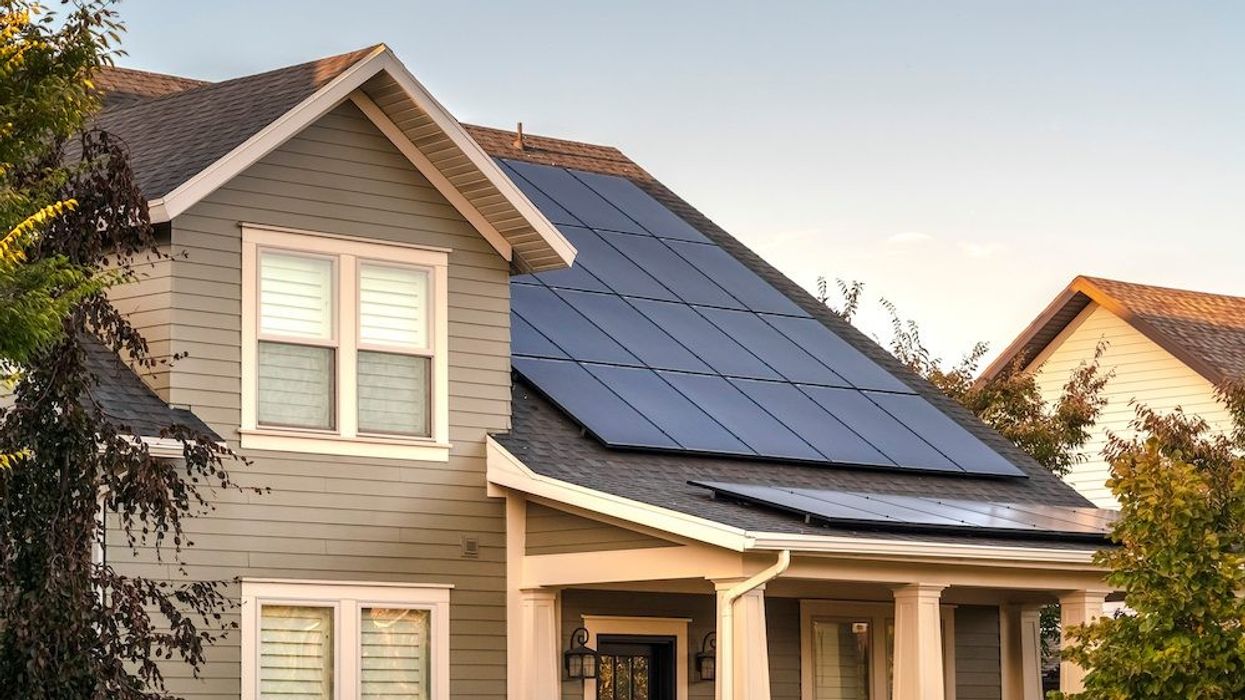The federal government released its 2030 Emissions Reduction Plan this week, putting forward a number of green housing initiatives for Canada.
The plan, which the government says will get Canada on a path to achieve net-zero emissions by 2050, was put together in consultation with over 30,000 Canadian young people, workers, Indigenous Peoples, and business owners, among others. It places an emphasis on improving the energy efficiency of Canada's buildings as a means to boost climate resiliency.
One action the government plans to take is an additional $458.5M investment in the already existing Canada Greener Homes Loan program, which supports major home retrofits through grants and interest-free loans. The plan also calls for the establishment of a Greener Neighbourhoods Pilot Program, which would receive $33M to retrofit homes or units in up to six communities across the country. A further $200M would go towards a retrofit accelerator initiative, and another $183M to support the establishment of a Centre of Excellence for the construction sector.
The federal plan lays out the development of a multi-initiative $150M Canada Green Buildings Strategy. This strategy would see the government work with provinces, territories, and other partners to set out new policies, programs, and incentives to "drive a massive retrofit of the existing building stock."
Under this strategy, Canada will seek to bring construction to the "highest zero-carbon standards" through several steps. A Low Carbon Building Materials Innovation Hub would be established to drive further research and promote the use of lower carbon materials. An incentive framework to support buildings transitioning off fossil fuels for heating systems would be developed, as well as an approach to require EnerGuide labeling of homes at the time of sale and a complementary Climate Adaptation Home Rating Program. The plan also calls for a new Net Zero Building Code Acceleration Fund to encourage the adoption of the highest performance tiers of the national model energy codes
Passive House Canada, a national non-profit advocating for high-performance building standards, recommended a number of these plan points to the federal government, including the increased efficiency standards for the National Housing Strategy, the retrofit accelerator, and the development of decarbonized and climate resilient standards.
“Passive House Canada congratulates the federal government on a bold and ambitious plan that balances emission reductions with affordability,” said Passive House CEO Chris Ballard, “While we await implementation details on a number of these policies, we are happy to see the whole-of-government approach to build a low-carbon economy and expand green jobs.”
Despite these inclusions in the plan, there is still more that can be done to improve Canada's building standards, Passive House Canada says, including more frequent reviews of building codes.
"In order to improve the unambitious building code, the federal government should improve the model code development process," the non-profit wrote in a news release on Thursday. "By reducing the code cycle from five years to three years, making decisions more transparent, and improving government oversight and funding, the government can ensure climate resiliency and net-zero objectives are met."





















